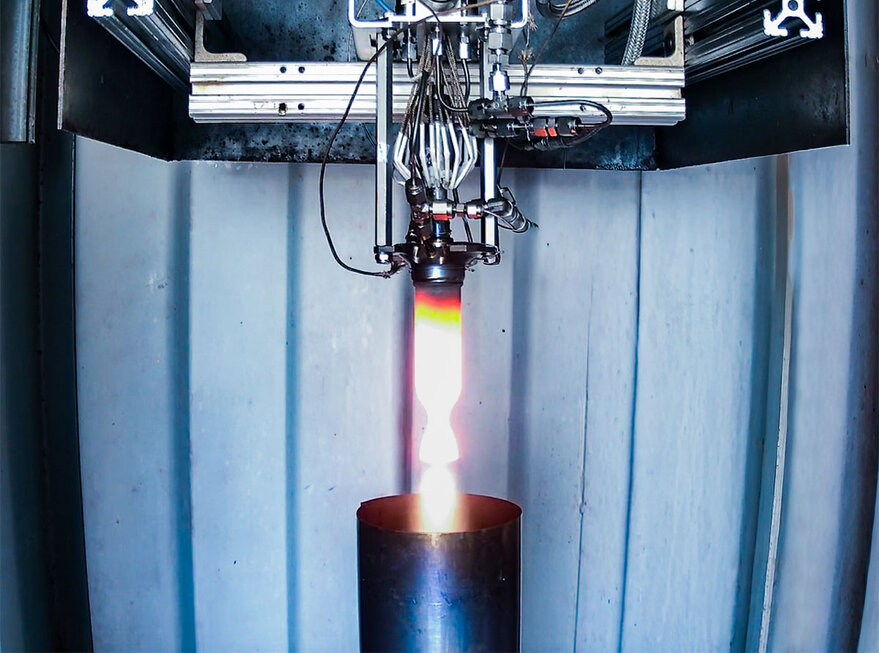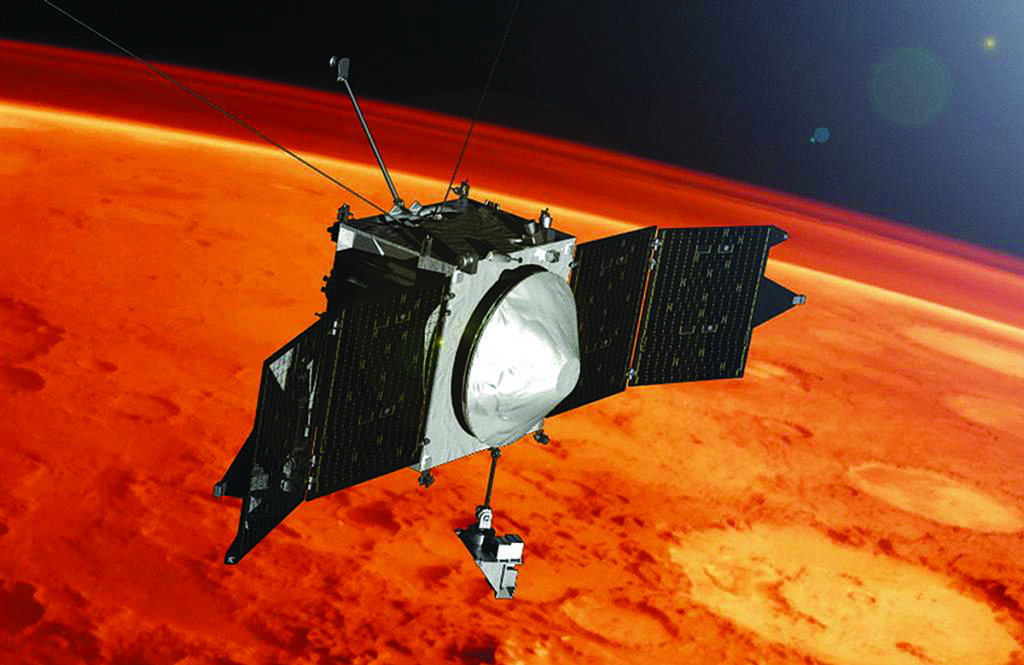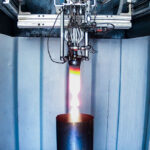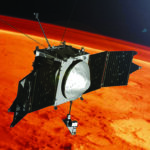Now Reading: SpaceX launches second mid-inclination rideshare mission
-
01
SpaceX launches second mid-inclination rideshare mission
SpaceX launches second mid-inclination rideshare mission


WASHINGTON — SpaceX launched 30 satellites Dec. 21 on the second in a series of dedicated rideshare missions to mid-inclination orbits.
A Falcon 9 lifted off from Vandenberg Space Force Base in California at 6:34 a.m. Eastern on the Bandwagon-2 mission. The Falcon 9 first stage, making its 21st flight, make a landing back at the launch site 8 minutes and 15 seconds after liftoff, just as the second stage completed its burn.
SpaceX did not provide details about the deployment of the 30 payloads on the rocket, but over the next few hours several customers reported making contact with their satellites after deployment.
The largest payload on the Bandwagon-2 mission was the third “425 Project” reconnaissance satellite for the South Korean military. The first such satellite launched on a Falcon 9 last December and the second on Bandwagon-1 mission in April.
Among the other customers on the launch was HawkEye 360, which deployed three satellites called Cluster 11 for radio-frequency intelligence. The company said the satellites feature improved payloads for collecting data and transmitters for relaying it to ground stations.
Iceye launched two synthetic aperture radar (SAR) satellites on Bandwagon-2 capable of proving radar imagery at a resolution of 25 centimeters. The Finnish company has launched 40 satellites to date, including nine this year.
Other companies with spacecraft on Bandwagon-2 include Sidus Space, Tomorrow.io, True Anomaly and Think Orbital. Several rideshare aggregators handled those and other customers, with Exolaunch noting it accounted for 22 of the payloads on Bandwagon-2.
SpaceX announced the Bandwagon line of rideshare missions in 2023 to complement its existing Transporter series of dedicated rideshare missions to sun-synchronous orbits. SpaceX said it offered mid-inclination missions because they were the most commonly requested orbits after sun synchronous. The company said it would perform two Bandwagon missions in 2024 and two more in 2025, but did not commit to additional missions beyond then.
Increasing launch goals
The launch was the 130th for SpaceX Falcon rockets in 2024, far more than the 96 launches in 2023. Several more launches are scheduled for the remainder of the year.
Despite that sharp increase, the company will fall short of a goal of 148 launches it set early in the year. “This year we wanted to fly 148,” Gwynne Shotwell, president and chief operating officer of SpaceX, said Dec. 17 at a Center for Strategic and International Studies event. “I think we’ll get to 136.”
She noted the original goal for 2024 was 144 launches, but the company added the four launches it did not perform in 2023 to reach that year’s goal of 100. Those “absurdly ambitious” goals, she said, are intended to combat conservatism and risk aversion at the company.
“It really keeps you on your toes,” she said. “We wanted to launch 148 times this year. We’re not going to get there, but we’re fighting for every last launch. We really want it to be 136. Hopefully it is. And, man, the Falcon team is fighting for that.”
Shotwell said SpaceX would again increase its goals for 2025, planning 175 or 180 launches. “Just keep raising the bar on what you’re trying to do,” she said. One way SpaceX has increased its launch rate is by faster turnarounds of droneships returning boosters, decreasing the time spent in port from days to just a few hours.
“We just keep pushing the limits,” she concluded. “That’s how you stay in fighting weight.”
Stay Informed With the Latest & Most Important News
Previous Post
Next Post
-
 012024 in Review: Highlights from NASA in Silicon Valley
012024 in Review: Highlights from NASA in Silicon Valley -
 02Panasonic Leica Summilux DG 15mm f/1.7 ASPH review
02Panasonic Leica Summilux DG 15mm f/1.7 ASPH review -
 03How New NASA, India Earth Satellite NISAR Will See Earth
03How New NASA, India Earth Satellite NISAR Will See Earth -
 04From Polymerization-Enabled Folding and Assembly to Chemical Evolution: Key Processes for Emergence of Functional Polymers in the Origin of Life
04From Polymerization-Enabled Folding and Assembly to Chemical Evolution: Key Processes for Emergence of Functional Polymers in the Origin of Life -
 05And Thus Begins A New Year For Life On Earth
05And Thus Begins A New Year For Life On Earth -
 06Astronomy Activation Ambassadors: A New Era
06Astronomy Activation Ambassadors: A New Era -
07SpaceX launch surge helps set new global launch record in 2024



















